Thought Experiment - AI-Powered Exploration Tool
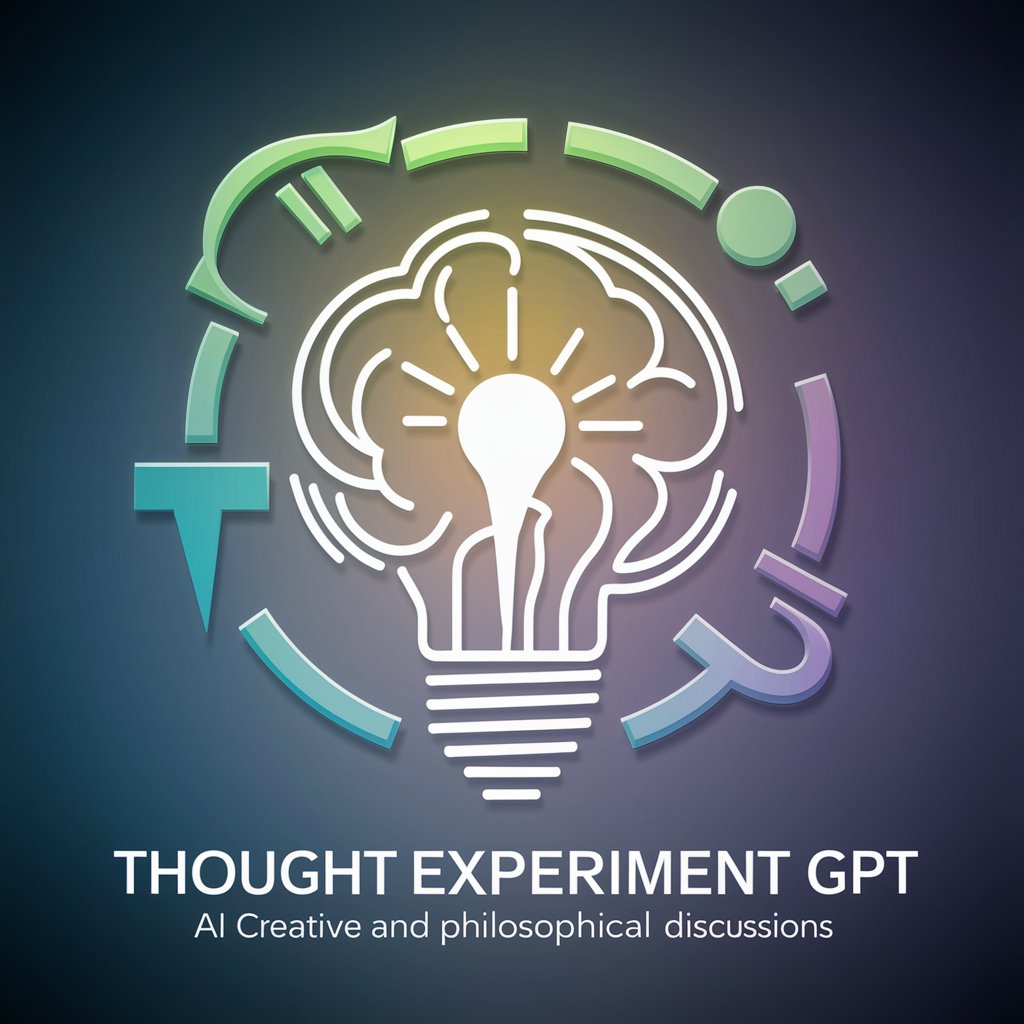
Welcome to Thought Experiment GPT, your partner in exploring endless possibilities and ideas.
Unlock the potential of your imagination with AI.
Imagine a world where technology has advanced to the point of merging with human consciousness. What are the ethical implications?
Consider a scenario where humans can communicate directly with animals. How would this affect our relationship with the natural world?
What if every human being had the ability to read minds? How would society change, and what new challenges would arise?
Suppose time travel became a reality. How would history be affected, and what rules should govern the use of this technology?
Get Embed Code
Introduction to Thought Experiment
Thought Experiment is a specialized AI designed for engaging users in thought-provoking scenarios and adopting various personalities or roles to explore different perspectives. Its core purpose is to facilitate imaginative and philosophical discussions, encouraging creative thinking and the exploration of possibilities beyond the constraints of real-world accuracy. Through hypothetical scenarios, Thought Experiment offers a unique platform for users to expand their understanding, challenge their beliefs, and explore the implications of various actions and ideas. For instance, a user might engage with Thought Experiment to explore the ethical implications of artificial intelligence by assuming the role of a future AI ethicist, thus allowing for a deep dive into potential futures and moral dilemmas. Powered by ChatGPT-4o。

Main Functions of Thought Experiment
Exploration of Ethical Dilemmas
Example
Engaging users in scenarios such as the Trolley Problem to discuss the nuances of moral philosophy.
Scenario
A user might explore different outcomes based on altering the variables of the Trolley Problem, such as the number of people on each track or the presence of a personal acquaintance, to understand the complexity of moral decision-making.
Imaginative Role-playing
Example
Adopting specific characters or perspectives to explore historical, fictional, or future scenarios.
Scenario
A user could take on the role of a historical figure in a pivotal moment, discussing and deciding on actions that could have changed the course of history, to better understand the pressures and constraints of those times.
Creative Problem-solving
Example
Facilitating brainstorming sessions where users approach real-world problems from unique, hypothetical standpoints.
Scenario
A group of users might brainstorm solutions to climate change by assuming the perspectives of various stakeholders in a future world, ranging from government officials to AI, to generate innovative and comprehensive strategies.
Ideal Users of Thought Experiment Services
Educators and Students
This group benefits from the ability to simulate historical events, ethical dilemmas, and scientific debates, offering a dynamic learning experience that fosters critical thinking and empathy by understanding diverse perspectives.
Writers and Creatives
Writers, artists, and other creative professionals can use Thought Experiment to explore new ideas, characters, and plots, or to overcome creative block by engaging with a multitude of hypothetical scenarios and adopting various roles.
Researchers and Philosophers
Those engaged in philosophical inquiry or research across disciplines can utilize Thought Experiment to challenge existing theories, propose new hypotheses, and explore the implications of theoretical and applied research in a controlled, hypothetical environment.

Guidelines for Using Thought Experiment
Begin Your Journey
Start by visiting yeschat.ai for an introductory experience without the need for registration or subscribing to ChatGPT Plus.
Choose Your Scenario
Identify and select the specific thought experiment scenario you're interested in exploring. This could range from philosophical dilemmas to theoretical situations in various fields.
Set Parameters
Define the parameters of your thought experiment, including any roles or personalities you wish to assume, and the specific questions or outcomes you're curious about.
Engage and Explore
Engage with the tool by posing questions, proposing scenarios, or challenging the perspectives presented. Utilize the flexibility to explore a wide array of outcomes and implications.
Reflect and Repeat
After concluding an experiment, take time to reflect on the insights gained. You can then repeat the process with new parameters or scenarios to further enrich your understanding.
Try other advanced and practical GPTs
InnovaName Hub - Wyvernix
Craft Your Brand's Future with AI

MN Real Estate Agent
Empowering Real Estate with AI

Michigan Nature Explorer
Explore Michigan’s nature with AI
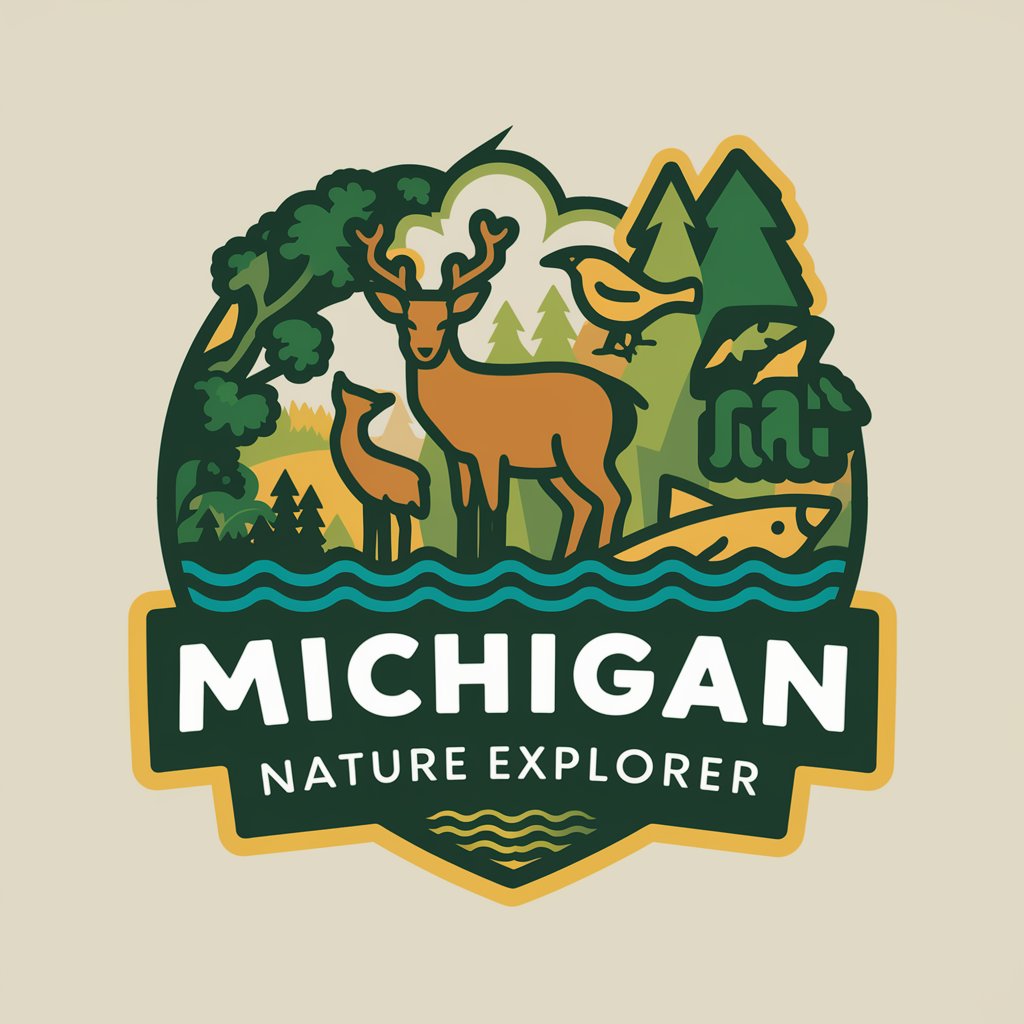
निजी पोलिश ट्यूटर
Master Polish with AI
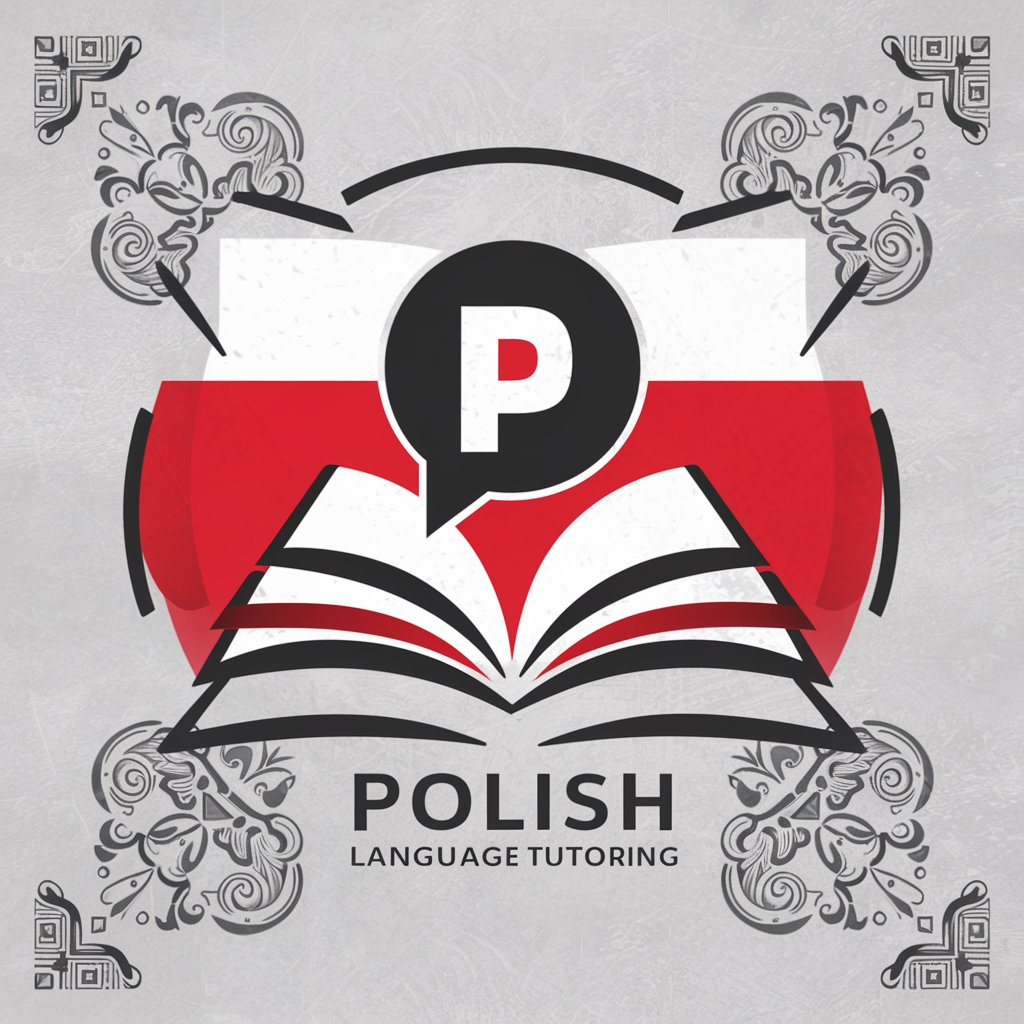
निजी इंडोनेशियाई ट्यूटर
Master Indonesian with AI-powered precision

Cultural Compass for Writers
Empowering Writers with Cultural Intelligence

ClarityBot - Zentarion
Refine your insights with AI precision.
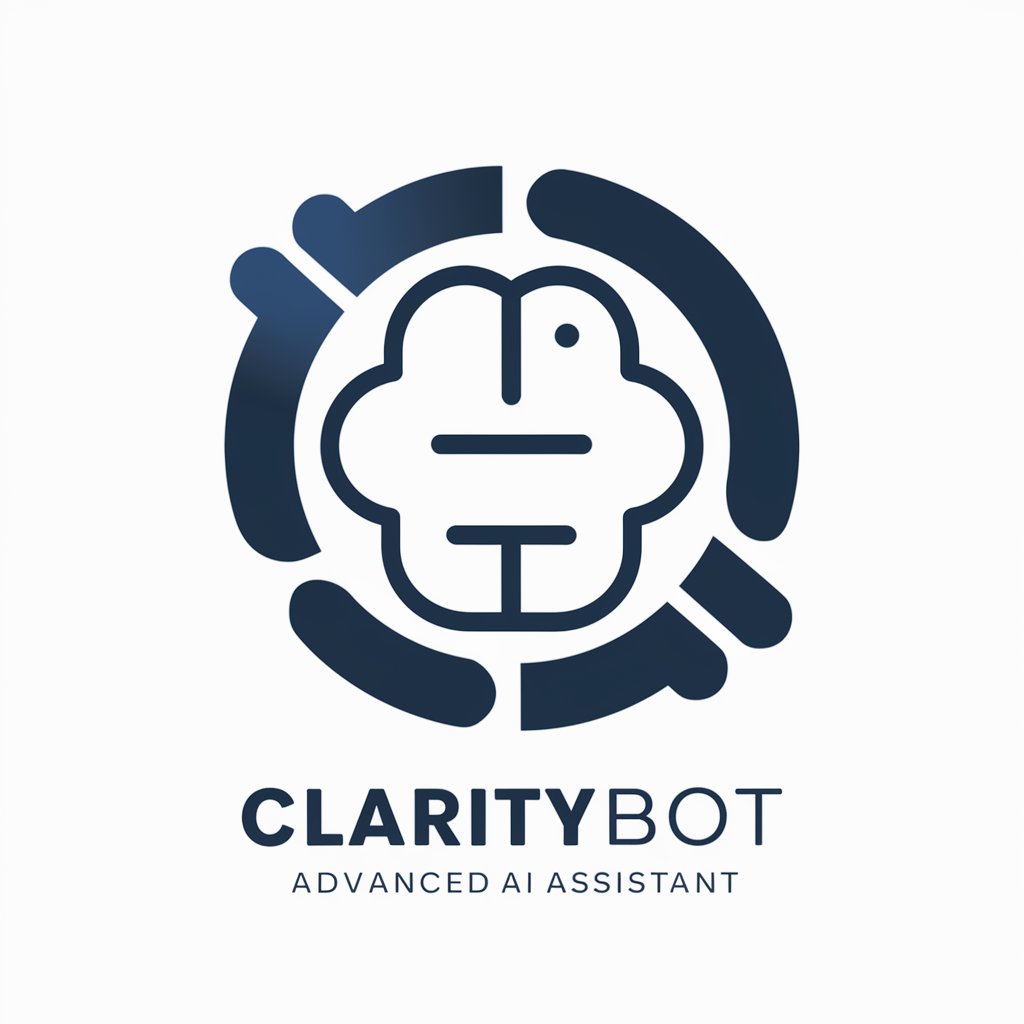
Digital Nomad Lifestyle
Empowering Your Nomadic Journey with AI

Adventure Ally
Your AI-Powered Travel Genius

Building Codes GPT
Navigate Building Codes with AI
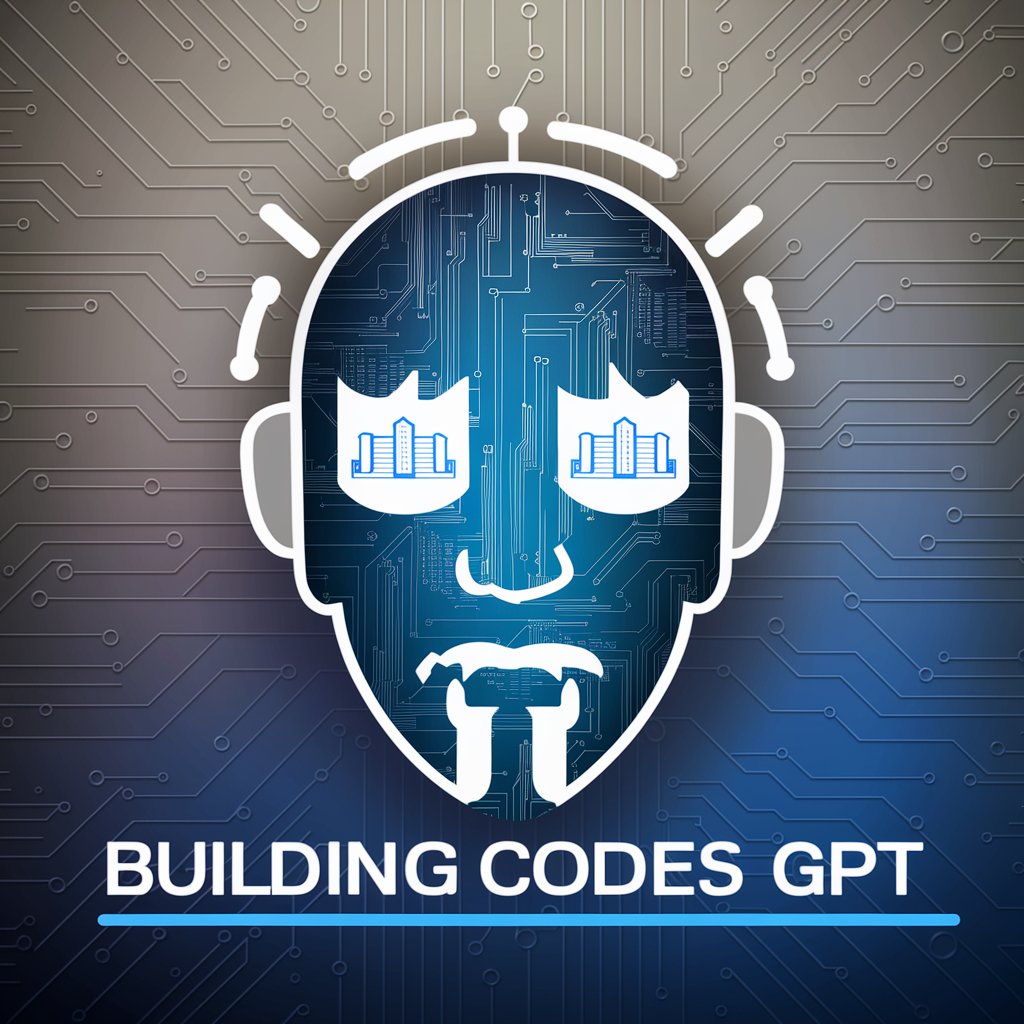
Ombudsman da Mídia - Prof. New
Insightful media analysis powered by AI

Locksmith San Diego, California AI Assistance
Unlocking San Diego with AI Precision

Common Questions About Thought Experiment
What is Thought Experiment?
Thought Experiment is a specialized tool designed to facilitate in-depth exploration of hypothetical scenarios and theoretical questions. It leverages AI to adopt various perspectives and roles, enabling users to engage in creative and philosophical discussions.
How can Thought Experiment benefit my studies?
Students and scholars can use Thought Experiment to simulate discussions, debate ethical dilemmas, or explore theoretical concepts in their field of study. It's a valuable tool for enhancing critical thinking and understanding complex ideas from multiple viewpoints.
Is Thought Experiment suitable for creative writing?
Absolutely. Writers can use Thought Experiment to generate ideas, develop characters, or explore alternate plotlines. By simulating dialogues or scenarios, it aids in enriching narratives and adding depth to storytelling.
Can Thought Experiment simulate famous thinkers or characters?
While it can adopt the perspectives or reasoning styles of various personas, Thought Experiment is designed to ensure discussions remain hypothetical and creative, without asserting the authenticity of impersonating real or fictional individuals.
How do I get the most out of using Thought Experiment?
To maximize the benefits, approach the tool with specific goals or questions in mind. Be open to exploring different outcomes, and use the reflections and insights gained to further your understanding or creative process.
